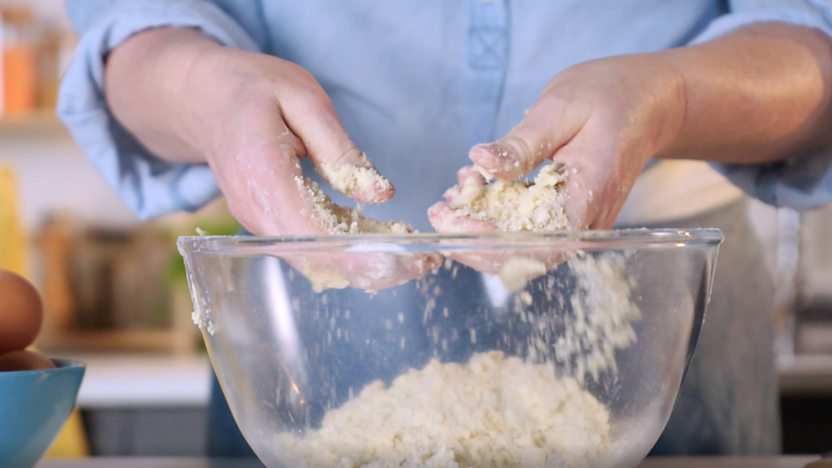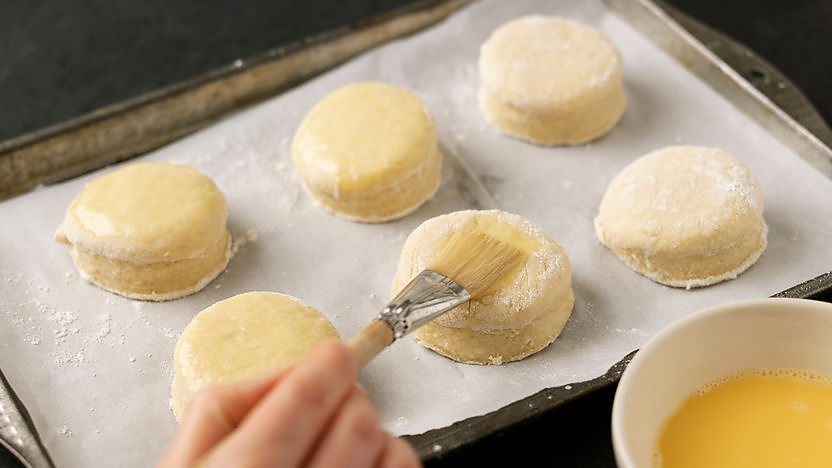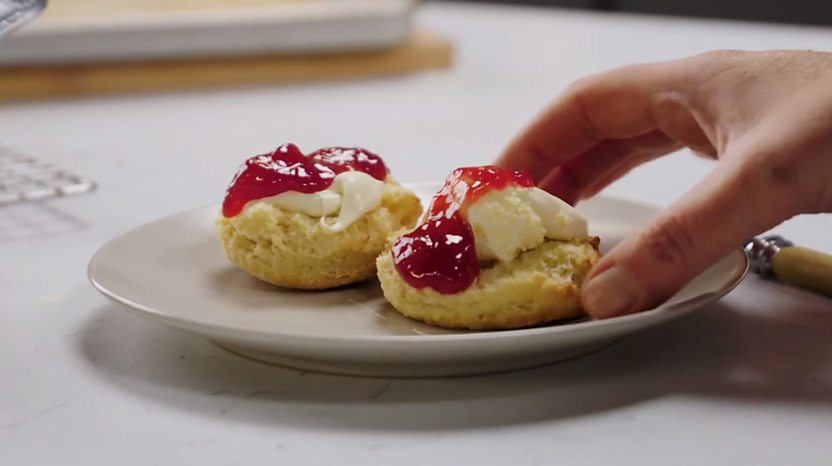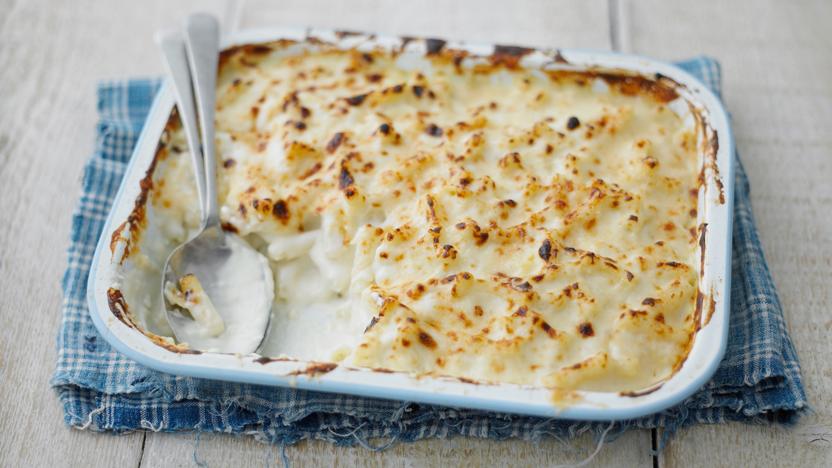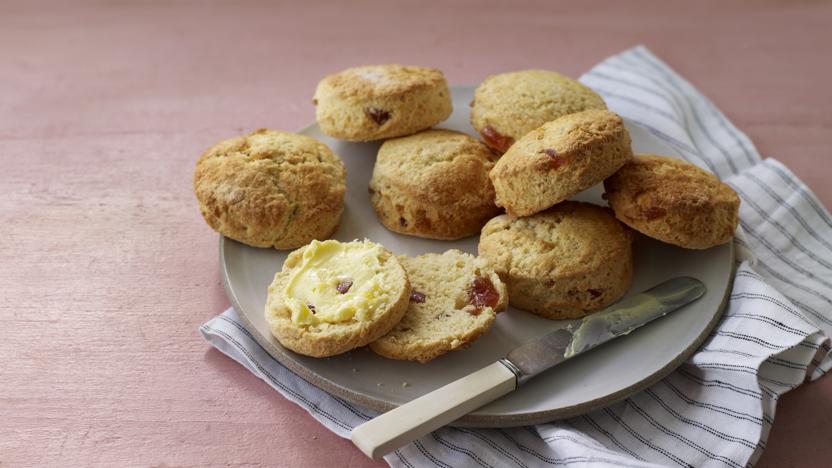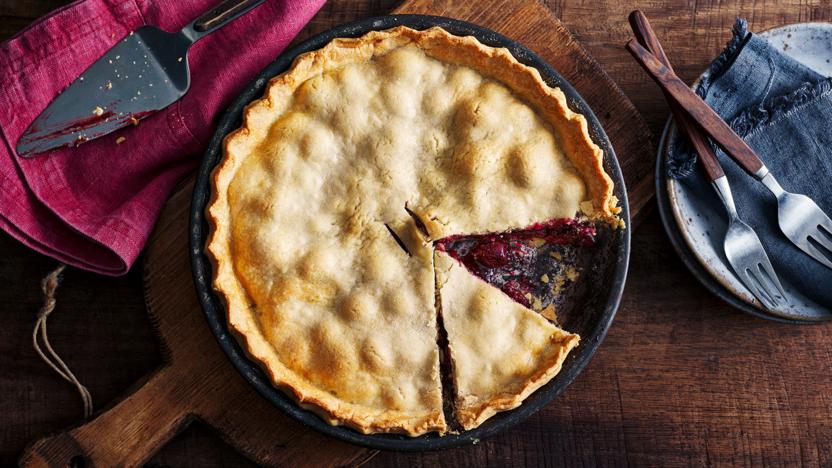Mary Berry's scones
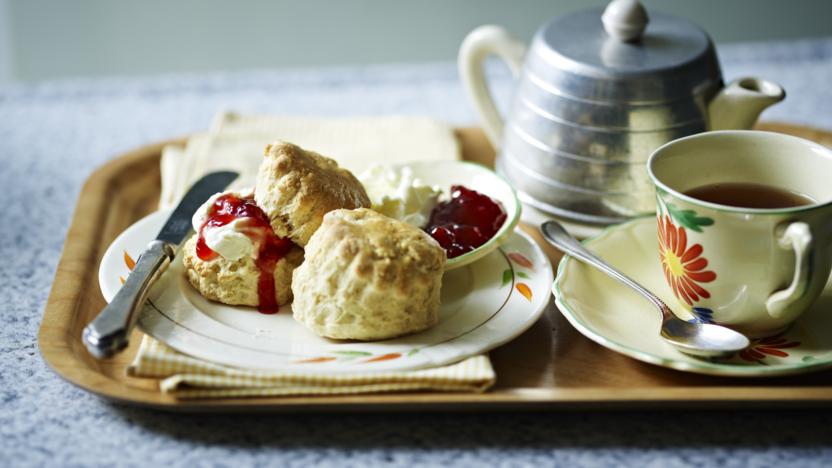

Mary Berry's scone recipe makes the perfect easy tea-time treat, whether jam-and-cream-topped (in whichever order you like), plain or packed with sultanas.
Equipment: You will need a fluted 5cm/2in cutter.
Ingredients
- 450g/1lb self-raising flour
- 2 level tsp baking powder
- 50²µ/1¾´Ç³ú caster sugar
- 100²µ/3½´Ç³ú butter, slightly softened, cut into pieces
- 2 free-range eggs
- a little milk
- handful sultanas (optional)
To serve
- strawberry jam
- clotted cream
Method
Preheat the oven to 220C/200C Fan/Gas 7. Lightly grease two baking trays.
Put the flour, baking powder and sugar in a large bowl. Add the butter and rub in with your fingertips until the mixture resembles fine breadcrumbs.
Crack the eggs into a measuring jug, then add enough milk to make the total liquid 300ml/10fl oz. Using a fork or round-tipped knife, stir the egg and milk into the flour – you may not need it all – and mix to a soft, sticky dough.
Turn out onto a lightly floured work surface, knead lightly and work in the sultanas, if using. Roll out to a rectangle about 2cm/¾in thick.
Cut into as many rounds as possible with a fluted 5cm/2in cutter and place them on the prepared baking trays. Brush the tops of the scones with a little extra milk, or any egg and milk left in the jug.
Bake for 12–15 minutes, or until the scones are well risen and a pale, golden-brown colour. Lift onto a wire rack to cool. Eat as fresh as possible.
To serve, split the scones and serve with strawberry jam on the plain scones along with a good dollop of clotted cream.
Recipe Tips
Once the scones are cool, they can be frozen. To eat, defrost at room temperature and then reheat in a hot oven for 10 minutes.
To refresh stale scones, warm them through in a low oven for a few minutes. They'll be much more enjoyable.
Want to know the secret to making good scones? Here are our 6 top tips.
1. It helps to sieve the flour and baking powder together to ensure the rising agent is evenly distributed. If you prefer, you can mix them together using a whisk.
2. Keep the mixture cool by not handling it too much and using fridge-cold milk and eggs. Mary uses softened butter for ease, but it should be just soft enough to squash the pieces easily between your fingers – you don’t want it on the verge of melting.
3. Don’t overwork the dough – once it comes together the less you handle it the better.
4. The dough should be soft and slightly sticky. Too much flour will make your scones heavy, so don’t add a lot of flour when rolling out the dough (you need just enough to stop the dough sticking to your worksurface).
5. When cutting out the scones, the dough should be about 2cm/¾in thick. If you roll it out too thin your scones will be flat; too thick and they are likely to lean to one side when baking.
6. To help scones rise evenly, always cut the scones straight down and up, without twisting the cutter. It helps to rub the cutter in flour first and remove any sticky bits of dough that become attached when cutting. When brushing the tops take care to ensure there are no dribbles down the sides as this will affect the rise.
Is it better to make scones with butter or oil?
Butter is traditional and adds to the flavour of your finished scones. Also, oils are 100% fat whereas butter is about 80% fat (the remaining 20% is mainly water which creates steam as the scones cook and helps to make them fluffy and light), so using oil will change the texture as well as the flavour of scones. This isn’t necessarily a bad thing, but you can’t use oils and butter interchangeably.
Should you chill scone dough before baking?
No, there is no need to chill your dough before baking.
Should scone dough rest before baking?
Not in this recipe, but some recipes use strong bread flour which will require resting because of the higher gluten content.

